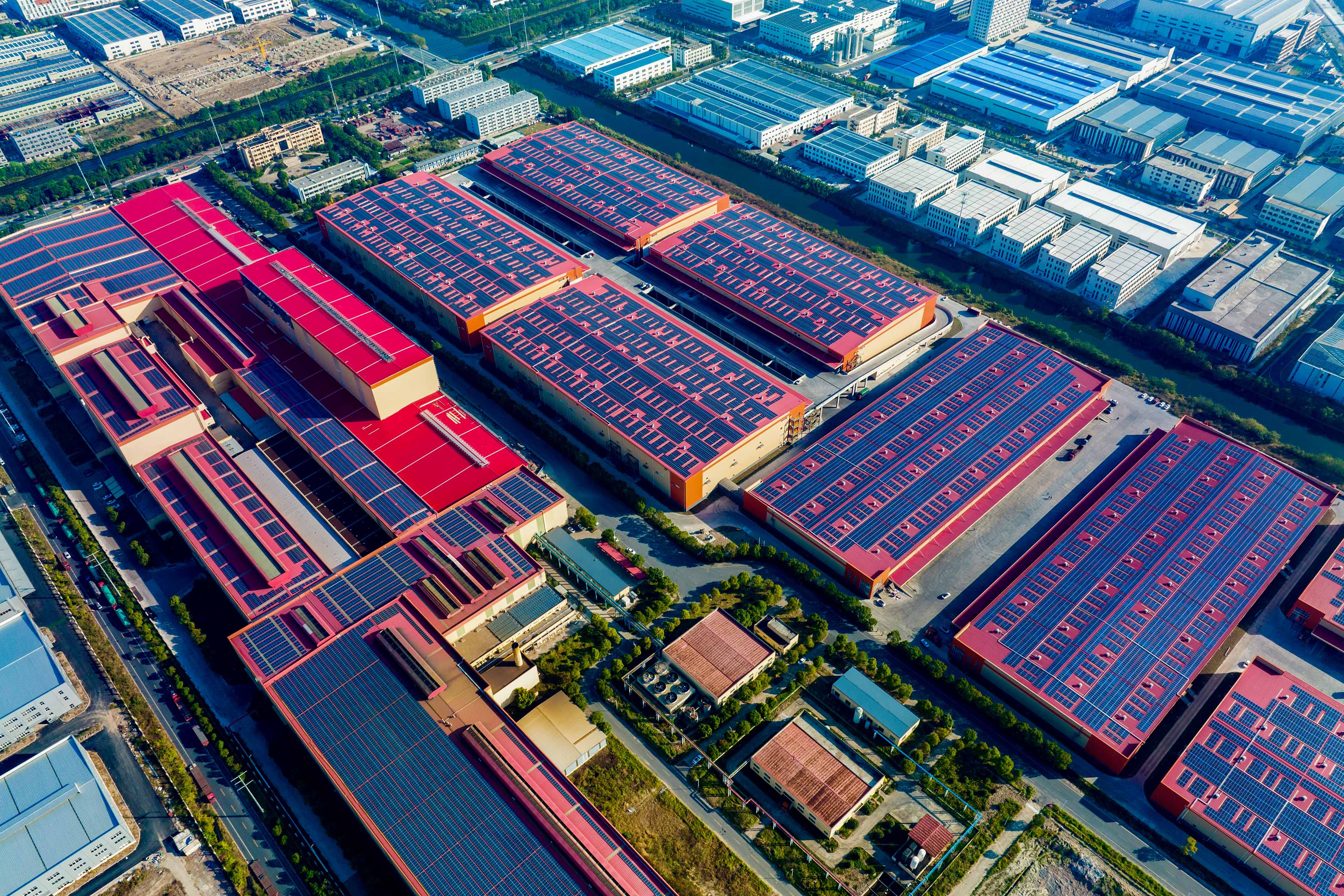What are the areas to target for supply chain cost reduction?
Your opportunity for sustainable supply chain cost reduction primarily lies within five key areas:
1 . Sourcing
Today’s supply chain leaders have tough decisions to make regarding using their procurement function to cut expenses. Considerations include supplier selection (e.g., which suppliers offer the best reliability, quality, location and cost); collaborative negotiations (e.g., which suppliers are willing to streamline their processes and improve efficiencies); location (e.g., proximity of supply base to keep supply chain costs down; and sustainability (e.g., which suppliers are ethically sourcing, efficiently using natural resources and setting sustainability goals). To control costs, some companies have adopted vertical integration tactics to either purchase suppliers outright or manufacture key parts.
2 . Product and portfolio complexity
To manage your entire product or service portfolio effectively, have a firm grasp of your commercial and business objectives and of how your cross-functional organization supports those goals. Make sure there is communication among your business units and functions to guarantee there is product development alignment with your marketing and supply chain strategy. In addition, SKU proliferation is an issue for companies coming out of the pandemic. Too many variations of the same product can introduce complexity, excess inventory and supply chain costs while also increasing the number of stock-keeping units (SKUs) into your system. Examine what you’re selling the most and where you’re getting the most margin. You’ll see what you should be making, the product profitability and where you can simplify your portfolio for cost reduction.
3 . Footprint and network strategy
EY research shows that limited visibility and transparency across supply chain functions is the top challenge for supply chain leaders. To manage costs in your supply chain network of the future, data visibility across your network, from supplier to customer, will be critical. A supply chain network strategy must include some level of control and visibility of all flow paths, including product information, suppliers, manufacturing, logistics and finance. Visibility in the supply chain helps reduce risks and improve resilience.
In today's market, expedited delivery options, including next-day or even same-day delivery, are highly prized by most consumers. Given this landscape, it’s crucial to meticulously examine the footprint of your manufacturing and distribution centers (DCs), as well as your supply base. This presents a potential avenue for optimizing supply chain costs. There may be an opportunity to consolidate certain locations and establish new ones that cater to customers more effectively while streamlining shipping routes.
4 . Planning synchronization
Having a firm grip on your demand signals helps alleviate the overproduction of goods — a misstep that ties up money in inventory and has associated carrying costs. One approach to solving this issue is the implementation of end-to-end business planning that utilizes advanced tools, including analytics, to capture demand signals and align them with supply and production. Emerging technologies, such as artificial intelligence (AI) and its subset machine learning, and analytic enablers have a role to play in sensing demand. Generative AI (GenAI) will take a more prominent role to help supply chain planners investigate a range of potential outcomes and their effects on the supply chain seamlessly using a natural language interface. You should closely collaborate with suppliers, sales and manufacturing to further synchronize your ability to meet changes in customer demand and respond to disruptions.
5 . Operating model design
Now more than ever, constantly shifting customer needs are shaping enterprise operations. Companies are forced to ensure they are looking at innovative ways of delivering customer satisfaction across the value chain. This requires a clear understanding of organizational roles, responsibilities, routes to market, technology enablers, and the data structures and environments required to support demand.
As customer demands change, reassessing your operating model can lead to substantial cost savings in the supply chain. While changes may take time, it's worthwhile to carefully consider options such as shared services models, outsourcing noncritical tasks, restructuring the organization to be more customer-focused and reevaluating where work is completed to become more responsive to market conditions.
Getting started with small steps in cost reduction
Where are you in your journey to cut supply chain costs? Some companies will look for foundational cost takeout by finding areas to reduce waste and improve efficiencies. In other instances, cost reduction may play a vital role in helping companies overcome challenges related to insolvency or improving financial stability (see Figure 2). Still, others might be scrutinizing supply chain functions such as procurement, logistics or manufacturing to wring out costs and improve margin.
Whatever your focus, we recommend you begin by identifying potential cost reduction areas within the business that are in the most distress or that involve the biggest return on investment (ROI). Assess qualitative and quantitative levers: utilize the enterprise resource planning (ERP) data you have and interview stakeholders for context and insights to gain a complete picture of the business.
Figure 2. Sustainable cost reduction and continuous improvement







